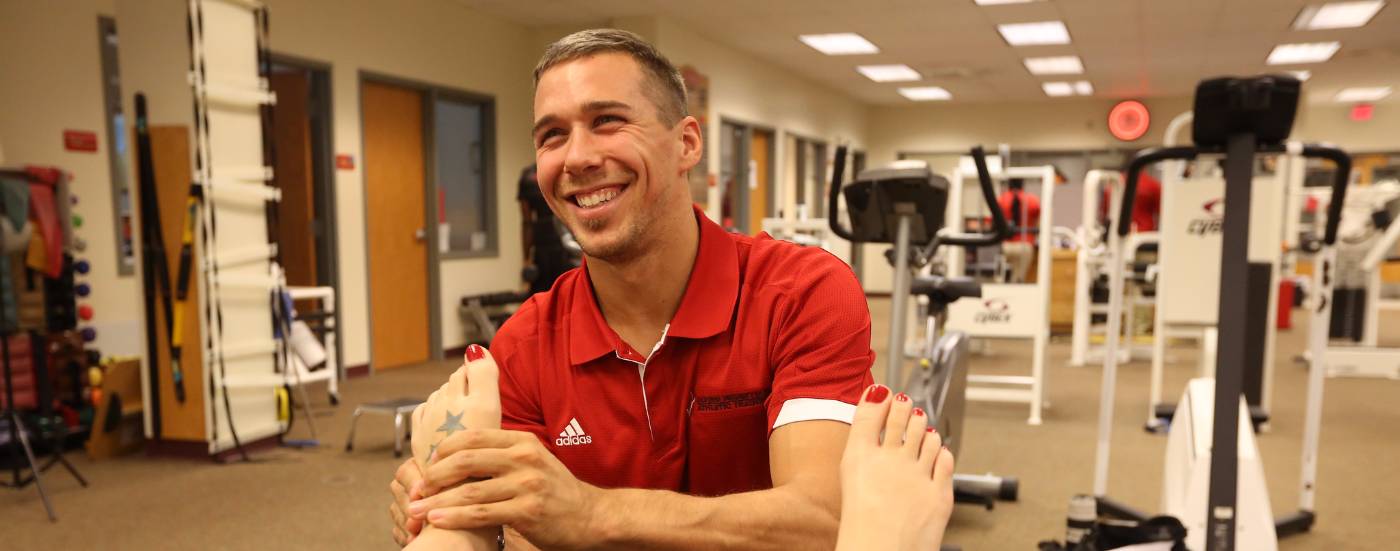Robitussin Addiction Rehab Facilities Valley Center KS
Home
Robitussin Addiction Rehab Facilities Valley Center KS Information
Robitussin Addiction Rehab Facilities Valley Center KS
There is a whole network of local crisis centers that provide free and confidential emotional support to people in suicidal crisis or emotional distress 24 hours a day, 7 days a week. Nearly one-quarter of those who experiment with heroin develop a full-blown drug addiction.
Is the facility staffed by credentialed and well-educated medical personnel, therapists, social workers, nutritionists and case managers? Multidimensional family therapy, which is designed to support recovery of the patient by improving family functioning.
Below are Some More Resources on Orlaam Detox Treatment Programs

Right here are Some Even more Info on Kadian Detox Facility Valley Center KS
List specific examples of your loved one’s behavior that have you worried and urge them to seek help. Facing your problem without minimizing the issue or making excuses can feel frightening and overwhelming, but recovery is within reach.
Extra Resources For Orlaam Detox Treatment Programs
Christianity Today (2000) They found our things in the flat, opposite, of a drug addict known to the police. Usually in the event the area churches have no idea of a program, they’ll help you in locating one.
Below are Some More Resources on Orlaam Detox Treatment Programs Valley Center KS
If you’re calling a regional, local, or national drug addiction hotline, check their confidentiality policy before calling, if privacy is a concern for you.  Are There Drug Overdose Hotlines? From youth drug experimentation and years-long addictions among adults to those whose drug use ends in fatalities, statistics on drug use can be surprising. Depending on the type of drug addiction you’re facing, you may receive appropriate medication to help you deal with emotional and psychological difficulties. Today is always a good time to stop using but for most, it will take something bad to happen in order for them to feel the need to make changes in their lives. When we feel that we have hit our Rock Bottom it is at this time we feel like we should make some changes. Christian counselors are here to help guide you to the Best Christian Treatment Center for addiction. Prescription Drug Abuse Chart - The National Institute on Drug Abuse (NIDA) The 10 most dangerous drugs: Researchers at the University of Bristol, UK, used an evidence-based approach to assess the harm associated with drugs.[3] After considering the physical harm to the user, the drug's potential for addiction, and the impact on society of drug use, they came up with this list: Heroin Cocaine Barbiturates Street Methadone Alcohol Ketamine Benzodiazepines Amphetamine Tobacco Buprenorphine Commonly abused drugs: Amphetamines/Methamphetamine, Anorectic Drugs, Barbiturates, Benzodiazepines, Buprenorphine, Butorphanol, Cannabis, Chloral Hydrate, Cocaine, Codeine, Depressants, Dextroproxyphene, Fentanyl, Flunitrazepam (Rohypnol), Gamma Hydroxybutyrate (GHB), Glutethimide and Methaqualone, Hallucinogens, Hashish, Hashish Oil, Heroin, Hydrocodone, Hydromorphone (Dilaudid), Inhalants, Ketamine, Khat, LAAM, Lysergic Acid Diethylamide (LSD), Marijuana, MDMA (Ecstasy), Meperidine, Meprobamate, Methadone, Methcathinone, Methylphenidate (Ritalin), Morphine, Narcotics, Opium, Oxycodone, Pentazocine (Talwin), Paraldehyde (Paral), Peyote and Mescaline, Phencyclidine (PCP), Psiocybin and Psilocyne and other Tryptamines, Steroids, Stimulants, Thebaine References U. Although many teenagers experiment with drugs, most don't become regular users but may try the drug later again as adults. They encourage forgiveness therapy, trauma, and grief therapy, and they also offer Eye Movement Desensitization and Reprocessing (EMDR), a popular new form of therapy.
Click Here for More Information
Previous Next
You may also like:
Sublimaze Detox Bremen KS
Librium Abuse Clinics Farmersville CA
Ketamine Detox Treatment Programs Epworth GA
Certified Addiction Specialist Crow Agency MT
Focalin Detox Treatment Facilities Palmerdale AL
Roxiprin Abuse Facilities Craigsville VA
Christian Drug Rehab Mansfield GA
Phenobarbital Abuse Treatment Centers Rockland WI
Luminal Rehab Treatment Clinic Garryowen MT
Sublimaze Rehab Hospital Near Me Bean Station TN
Kapanol Detox Facility Winfall NC
Morphine Abuse Clinics Durand IL
Tussionex Rehab Treatment Clinic Independence KY
Stilnox Abuse Treatment Centers Lincoln MA
Fioricet Abuse Treatment Center Langsville OH
Endocet Rehab Facility Highland WI
Hydromorphone Addiction Detox Facilities Ossipee NH
Vicoprofen Addiction Rehab Colona IL
Xanax Addiction Detox Clinics Havelock IA
Coricidin Addiction Treatment Facilities Whitefield NH